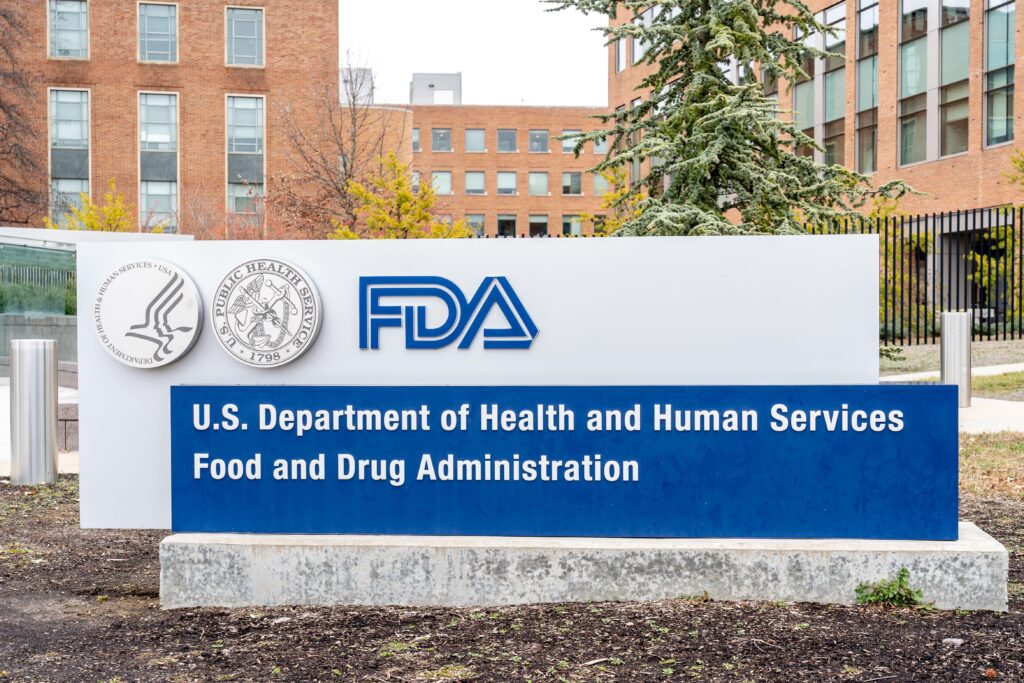
According to the Wall Street Journal (WSJ), the U.S. and European health authorities have approved a total of four rare genetic disease treatments that cost more than $2 million per patient since August.Among them, Australian pharmaceutical company CSL’s type B hemophilia treatment “Hemgenix,” which was recently approved by the U.S. Food and Drug Administration (FDA), is the most expensive drug ever at $3.5 million. In addition, Skysona, a rare pediatric neurological disease treatment of Bluebird Bio, a U.S. pharmaceutical company, costs $3 million and Zynteglo, a genetic blood disease treatment of the same company, costs $2.8 million.
Zolgensma, Novartis’ gene therapy for spinal muscular atrophy, which was previously approved by the FDA in 2019, costs $2.1 million per dose.These new drugs, which cost billions of won per injection, are gene treatments that inject functional genes into patients to fix defective and disease-causing genes.
These pharmaceutical companies emphasize that by injecting such functional genes into patients with rare genetic diseases, they can cure the disease at once or provide a therapeutic effect that lasts for years. They say that patients can achieve cost savings in the long run through gene therapy rather than repeatedly using existing treatments for life.For example, there are 6,000 patients with hemophilia B caused by genetic mutations in the United States, of which 1,900 rarely produce a “ninth coagulation factor” that promotes blood coagulation and stops bleeding. Therefore, they must be regularly administered with the 9th coagulation factor at a cost of millions of dollars over their lifetime.

However, according to CSL, when hemgenics is administered, the patient makes the ninth coagulation factor on his or her own, eliminating the need for long-term repetitive treatment.
Most of the gene therapy drugs approved so far are for diseases with a small number of patients, so health insurance companies have limited costs to pay even if the cost of administration is high.
However, as ultra-high-priced gene therapy for rare diseases has recently been released one after another, health insurance companies claim that they cannot afford such a large amount of money. This is because insurers are more used to paying for old, repetitive, and chronic treatments than expensive treatments that have lasting effects with one treatment.Insurers are concerned that more expensive gene therapy could lead to higher premiums and medical costs, especially if the drug is used for more patients.
According to consulting firm McKinsey, about 30 new gene treatments are expected to be introduced in 2024 alone.Some insurers have launched special programs to cover the costs of gene therapy.U.S. insurance company Signa has introduced a program that pays monthly fees so that patients can receive gene therapy without post-payment costs.Another problem is that with the new introduction of gene therapy, insurers are unsure whether the effects of these new drugs will be maintained in the long run.
Michael Sherman, general manager of U.S. insurance company Point32 Health, said some people who receive gene therapy still need additional, costly treatments with other drugs.
EJ SONG
ASIA JOURNAL



